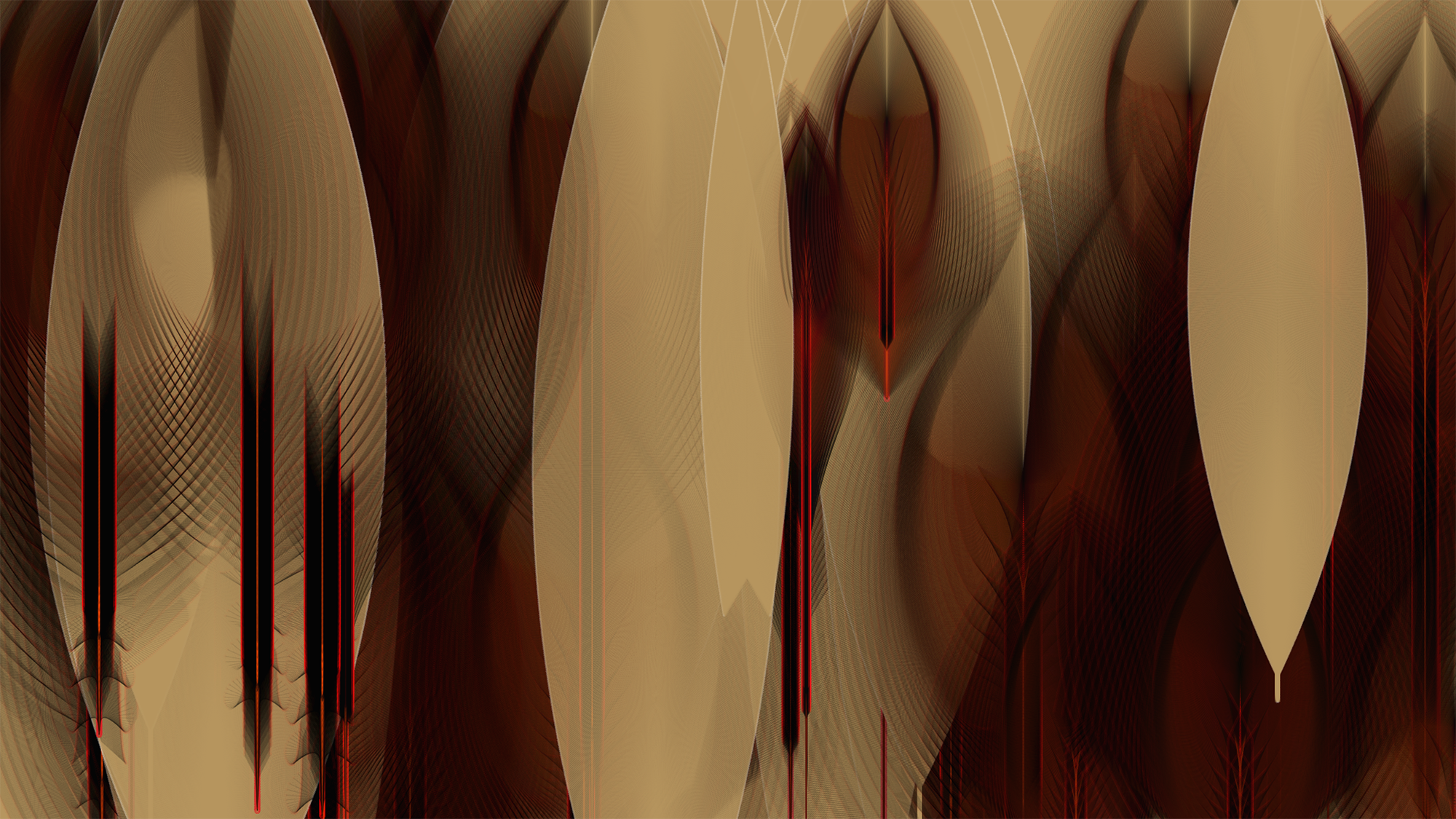Autumn, generative Application
Text
Autumn
For a computer artist as LIA, inspiration is not only found within software and computers. The world outside her computer, and nature, have often inspired her, and Autumn, produced at a time when the seasons change and the leaves fall, is a good example of such a case. LIA looks at the world computationally, using drawing as a surveying device to probe for form’s structures, and distil them to their structural essences. These elements are then used as starting points for a process of experimental programming. Experimental not in the sense that new techniques are developed or tested — although they may be, because influences arise from many other fields, and sometimes a mathematical formula or an algorithm can be as poetic as a street paved with fall leaves — but rather experimental as in experimental music, because it is a constructive process that is not planned in advance but that is defined and discovered as it is developed, a process whose goals can only be unearthed through doing. This is how LIA programs morphology, behaviour, and an emergent intricate choreography that spawns the artwork, or better still, that becomes the artwork.
LIA builds systems where everything is in motion, where everything is transient and fleeting, and also illusory. LIA usually works from the simplest, most fundamental, building blocks: points, lines, rotations, translations, etc., with prochronism often building the work’s surface. Forms are not drawn but rather built, from traces of behaviours and from the actions they originated. As such, in Autumn LIA did not actually program autumn leaves, or autumn trees, or what we may also perceive as autumn flowers. She did not draw them or program the piece to draw any such forms. She developed behaviours whose trails may be reminiscent of leaves, trees, or flowers. And what we see are not shapes but chronologies of those movements, vestiges of a dance that once was. We follow behind the action in the work, much as the fallen leaves of autumn follow summer.
// Text: Miguel Carvalhais










